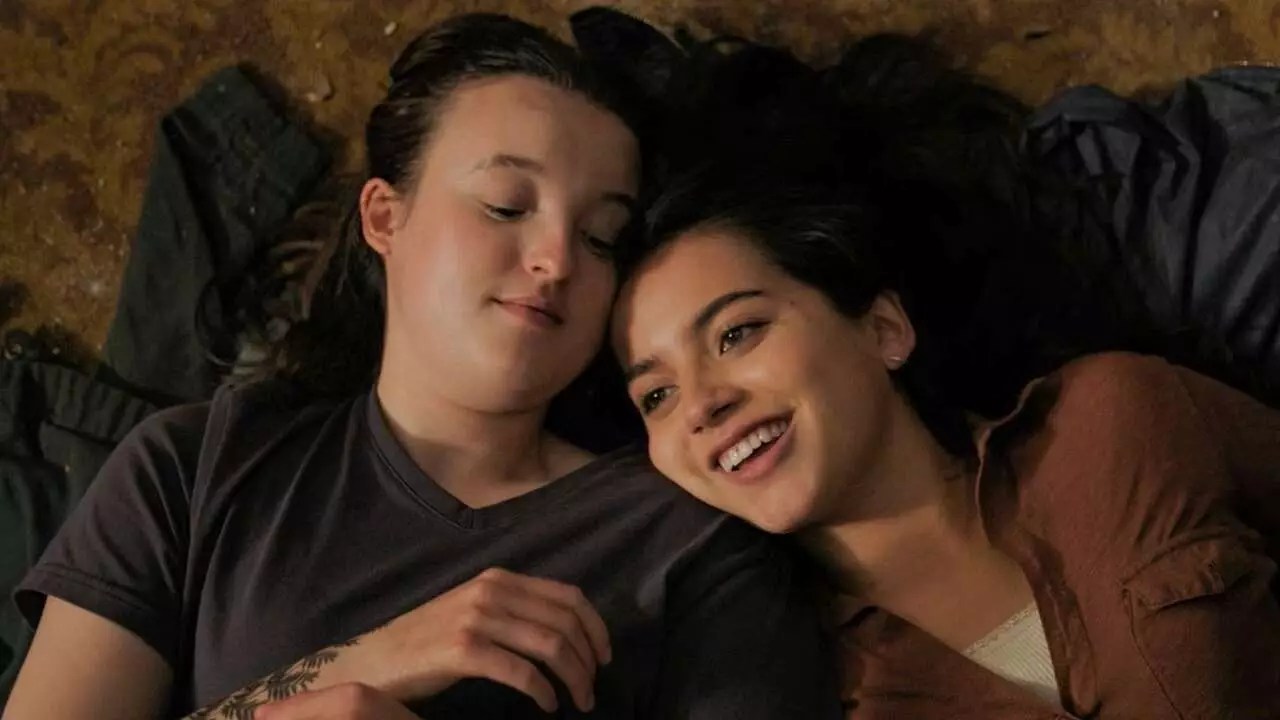HBO’s adaptation of “The Last of Us” has transcended the realm of mere television; it has established itself as a cultural landmark. In a world bustling with reboots and adaptations, this series embraces its roots while daring to venture into uncharted narrative territories. Following a two-year hiatus, Season 2 hit screens with both anticipation and trepidation. As audiences absorbed the visceral storytelling and hauntingly beautiful cinematography, it quickly became clear that this season was not just about thrill; it was an emotional journey laden with shocking revelations.
Despite the accolades from critics, including a significant high on Metacritic, the dichotomy between critical acclaim and audience reception paints a perplexing picture. While critics laud the show for its nuanced storytelling, layered character arcs, and poignant themes, the viewer reaction has been a stark contrast, rife with vitriol and accusations of promoting “woke culture.” Social media threads filled with comments demanding the inclusion of traditional character tropes echo louder than the legitimate critiques, overshadowing the artistic merits of the series.
The Transformation of Classic Moments
One poignant example from Season 2 showcases Ellie and Dina’s exploration of a post-apocalyptic Seattle, culminating in a heartfelt moment where Ellie serenades Dina with A-ha’s hit “Take On Me.” This scene not only encapsulates their burgeoning romance but stands as a testament to the series’ ability to rework cherished game moments for deeper emotional resonance. Dina’s confession of her pregnancy adds another layer of complexity, setting the stage for a story filled with vulnerability amidst chaos.
This moment, however, is not merely a retelling; it’s a revitalization. By shifting some narrative elements, the show creators allow for a more profound exploration of character dynamics. The inherent tension between intimacy and survival in this dystopian backdrop frames the essence of their relationship, illustrating how love persists even amid despair.
The Narrative of Violence and Survival
In sharp contrast to the tender moments of affection, the show grimly highlights the brutality of survival in a world dominated by infected and rival factions. The revelation of Isaac Dixon’s backstory underscores the moral ambiguities that define human nature when stripped of societal constructs. As he navigates his violent past, the audience is compelled to witness the stark realities of a fractured humanity.
The juxtaposition of Ellie and Dina’s tender moments against scenes of Isaac’s ruthlessness encapsulates the series’ commitment to portraying the complexities of human experience. It navigates the thin line between love and violence, revealing how characters must grapple with their moral decisions when every outcome bears weighty consequences.
Fandom and the Culture Clash
Yet, this rich tapestry of storytelling is overshadowed by a recurring plague commonly known as “review bombing.” The backlash against character choices and narrative transformations reveals an unsettling trend within fandoms. Not only does this phenomenon target “The Last of Us,” it has become emblematic of a broader cultural conflict where the embrace of diverse narratives meets resistance from a faction clinging to traditional character frameworks.
The backlash faced by the show, particularly following the highly-acclaimed episode featuring Bill and Frank, underscores a disturbing reality in which art is often held hostage by regressive concepts of representation. As audiences cry out for the inclusion of “straight characters” and traditional masculinity, they dismiss crucial storytelling elements that resonate with a broader spectrum of human experiences.
Beyond the Screen: The Impact of Storytelling
In theories of narrative storytelling, it is essential to consider not just the characters portrayed, but the universality of experiences reflected through them. “The Last of Us” illuminates the human condition in the darkest scenarios—love, loss, joy, and despair—making it a rich vein for exploration. The divisive reception highlights the fragile intersection between fandom and representation, where the fear of difference may sadly triumph over the appreciation for artistic innovation.
The cultural discourse ignited by “The Last of Us” serves as a pivotal moment for all fandoms, propelling them to confront their biases. As Season 2 continues to unfold, it stands as a beacon for both innovative storytelling and a challenge to navigate the evolving landscape of representation in media, encouraging essential conversations that redefine what it means to be a fan in the 21st century.


Leave a Reply